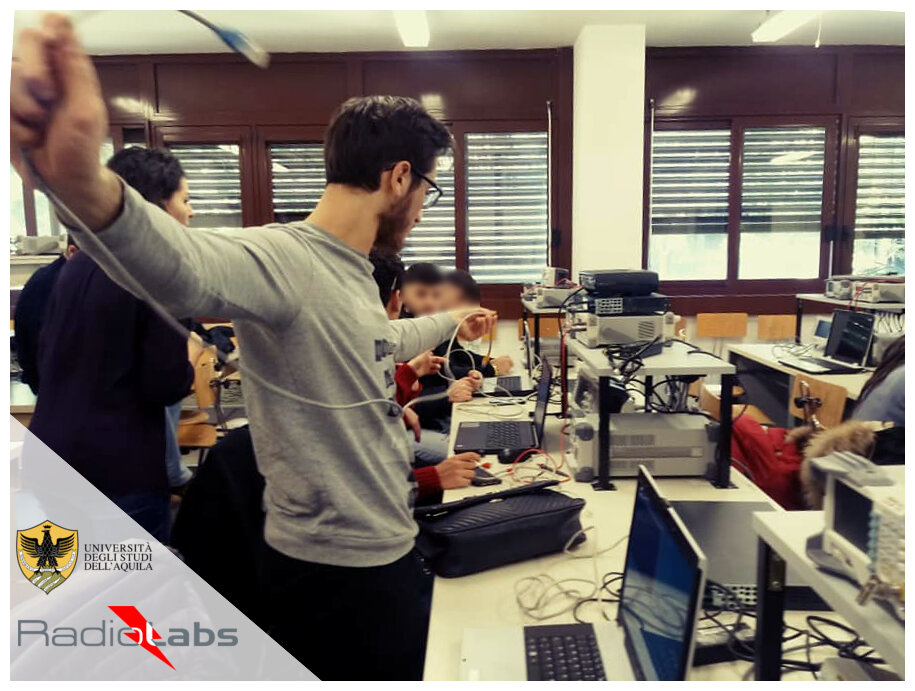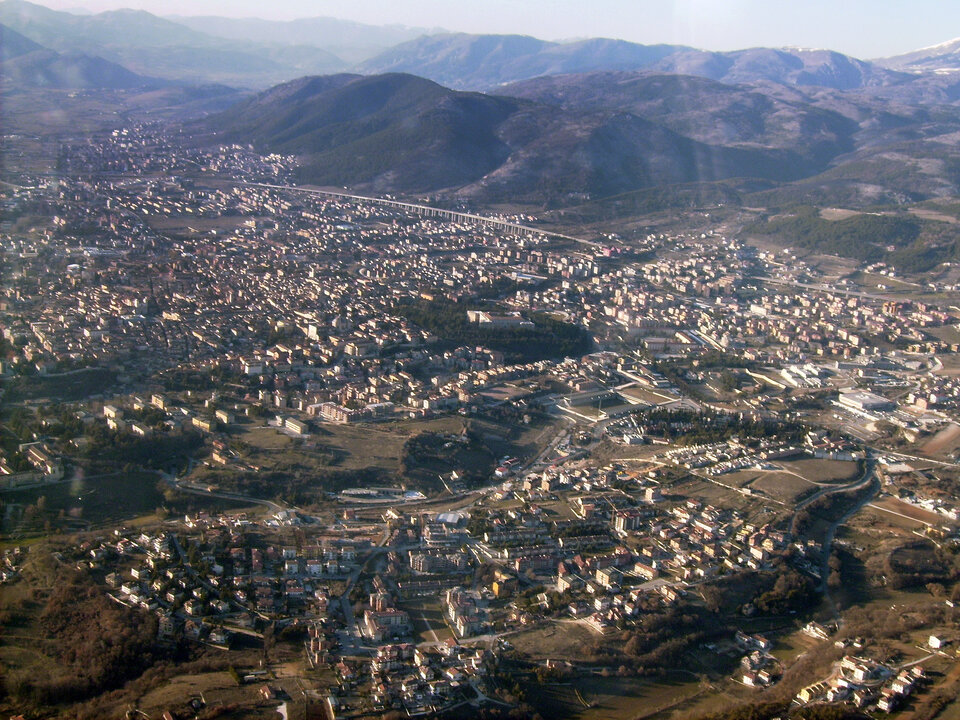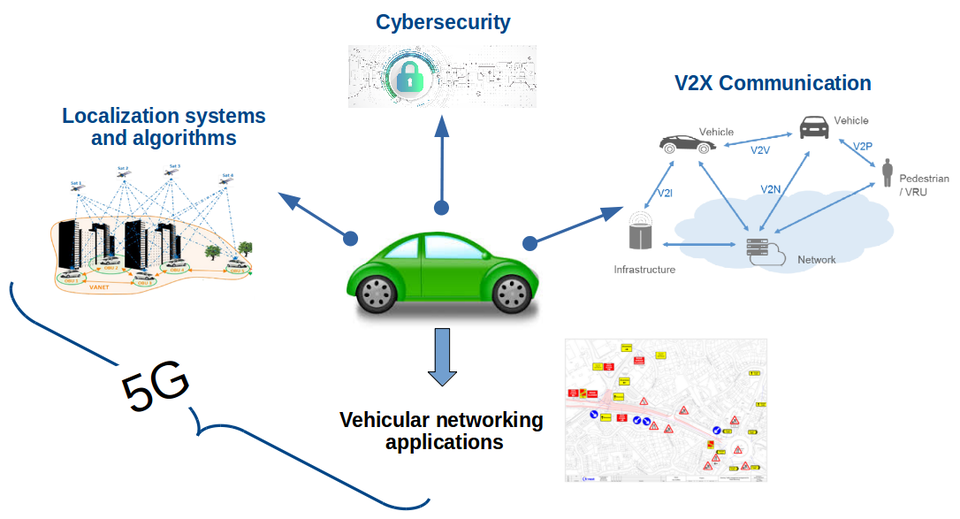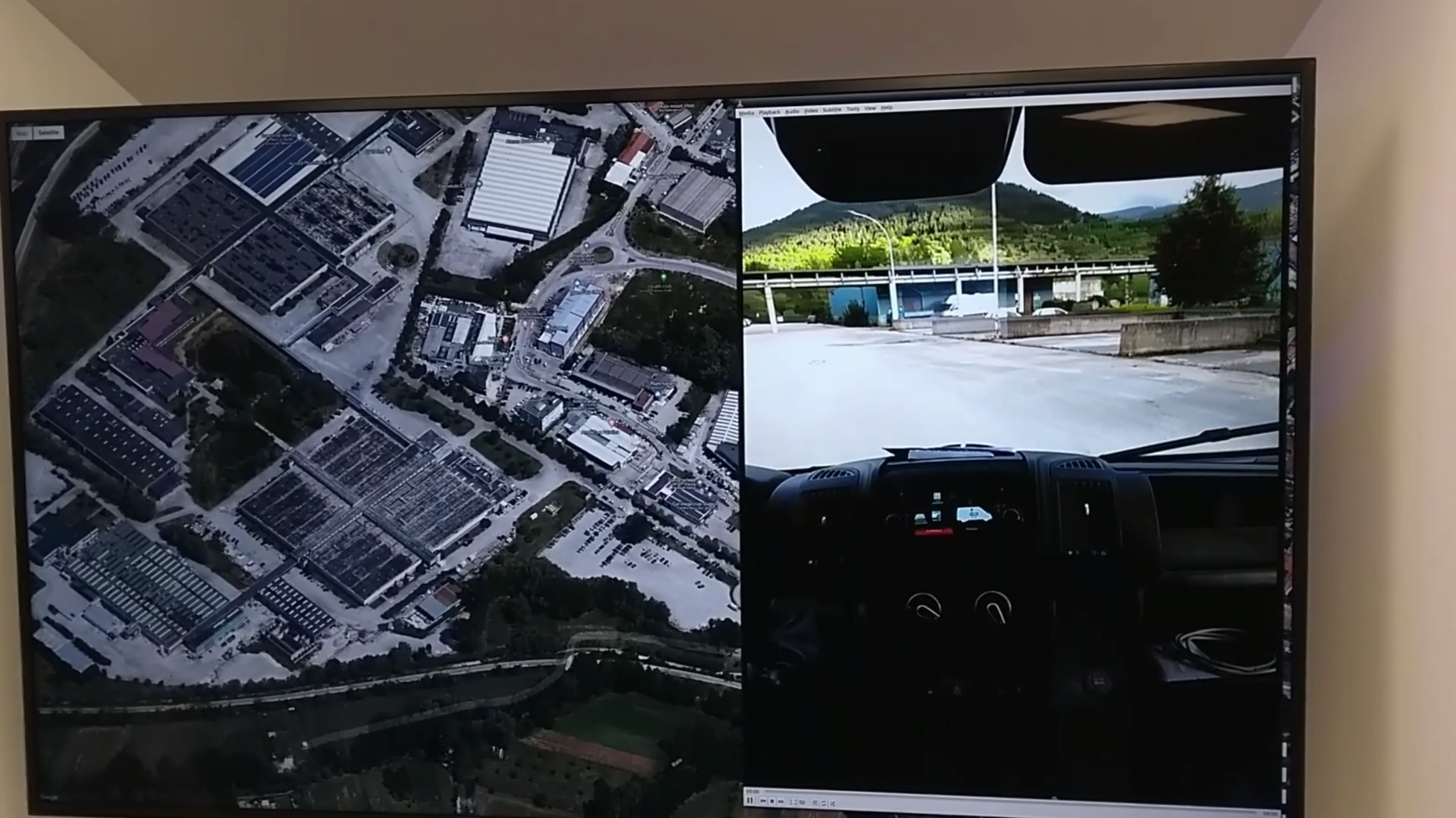ESA-backed autonomous driving lab set for Italy
Central Italy – already home to an ambitious national autonomous driving research initiative – will be the site of the ESA-backed P-CAR laboratory, intended to certify positioning devices for use within driverless cars.
The mountainous Abruzzo region, east of Rome, is the site of EMERGE, a public-private partnership for innovation established in 2018 between the Ministry of Economic Development, the University of L’Aquila and the region itself along with the RadioLabs research consortium and the Leonardo, Telespazio and Elital companies, to develop satellite navigation and 5G solutions for connected, cyber-secure and autonomous vehicles.

“EMERGE is a flagship initiative at European level, with more than €10 million of public-private funding allocated to it to date,” explains Francesco Rispoli, Chief Satellite Operations at Hitachi Rail STS and Director General of RadioLabs.
“The idea behind it is to create a research ecosystem, focused on developing, testing, validating and promoting the use of Galileo and other Global Navigation Satellite Systems (GNSS) – along with 5G communications – for connected and autonomous driving. Abruzzo was chosen as it hosts a manufacturing site for Stellantis’s Fiat Ducato light truck, a centre of excellence for connected car technology at the University of L’Aquila as well as a number of hi-tech centres, including the Galileo control centre at Fucino.”

The new P-CAR laboratory – financed by the Italian Space Agency, ASI through ESA’s Navigation Innovation and Support Programme, NAVISP – will support the goals of EMERGE as an independent venue for testing devices supporting autonomous and connected driving.
“The P-CAR lab will have a 150 sq. m test bed area, beside an existing driving circuit, with the right to use the surrounding open space as well,” Francesco Rispoli adds. “We’ll be addressing connected autonomous driving functions with GNSS technologies that are safety critical – the key point being that safety must be ensured also through standardised test procedures, serving as a trusted third party to validate specific solutions from companies.”

Alberto Tuozzi, the Head of Navigation and Telecommunication Department of ASI notes: “P-CAR will be integrated into the Center of Excellence for Geo-localized, Connected and Cyber-secure vehicles recently funded by the University of l’ Aquila. This is a valuable response to our national strategy, promoting the adoption of ‘positioning, navigation and timing’ (PNT) solutions in the fast growing automotive sector by leveraging the latest technologies brought by Galileo and 5G.
“Cross fertilisation, cooperation and interaction among the stake-holders will be pursued in the unique ecosystem of Region Abruzzo, bringing together space and non-space stake-holders: ASI, ESA, satellite and automotive industries, universities and research centres.”

Leveraging its expertise on Galileo and safety applications, ESA will support this initiative not only from the technical side but also offering cooperation and exchanges with other institutions and laboratories at international level, offering P-CARS to become part of a network of centres of excellence in the PNT domain applied to autonomous cars and beyond.
P-CAR will exploit the synergies between the rail and automotive sectors with the goal to bring benefits for both, Francesco Rispoli explains: “Car manufacturers produce millions of vehicles and are investing heavily in autonomy and safety systems, but have little experience in this field before they began investing a few years ago. Meanwhile, the rail community has almost 20 years’ experience of managing train driving functions with a high degree of autonomy, through the common European Rail Traffic Management System, ERTMS.

“It is well recognized that ERTMS guarantees the highest safety levels as connected and autonomous driving system, where the human driver is largely bypassed, but not the volume for mass producing such systems for reducing their cost. By leveraging on these two peculiarities it will be possible to get low cost but safety-proven GNSS-based devices.”
The emphasis will be on connectivity, with the vehicles linked to the infrastructure, including a centralised system of intelligent roads, as well as other cars, and the vehicle’s actions governed through dialogue with this main centre. 5G will make possible low latency communications but is also a source of positioning data to extend the performance of GNSS.

P-CAR will serve as the nucleus of a new European infrastructure building up also the engineering skills needed for this new sector. As a model, Francesco Rispoli looks to the rail sector, where two European ‘accredited’ laboratories – based at the German Aerospace Center DLR in Braunschweig in Germany and CEDEX in Spain – as independent validation authorities for train control technology.
Daniele D'Amario of the Region Abruzzo Executive Board for Economical Development, Tourism and Culture remarks: “We are proud that ESA has approved the P-CARS project, recognising the high level of research institutions, satellite facilities and industries located in our region to create a centre of reference in Europe, building on the EMERGE innovation partnership between the Ministry of Economic Development and Abruzzo region.”
P-CARS is being supported through Element 3 of NAVISP, focused on supporting ESA Member States’ navigation priorities.


